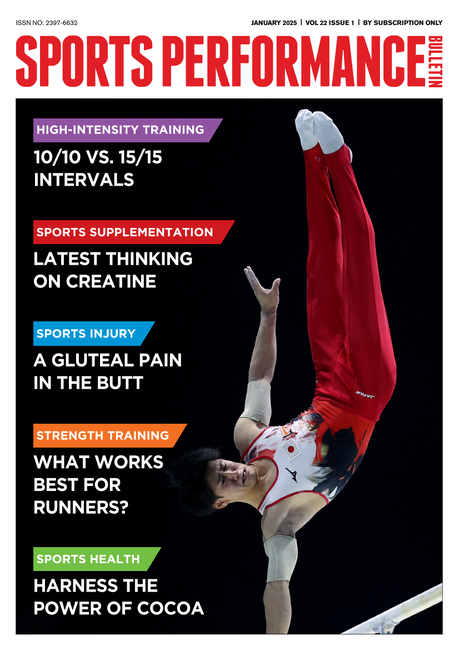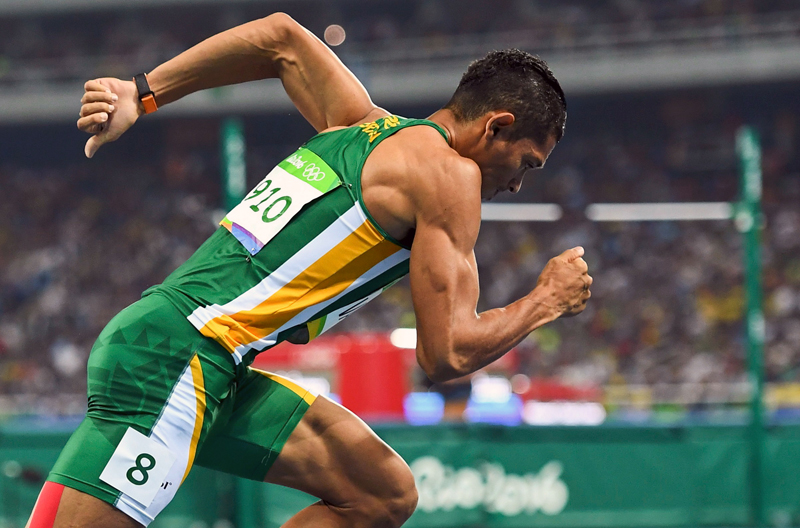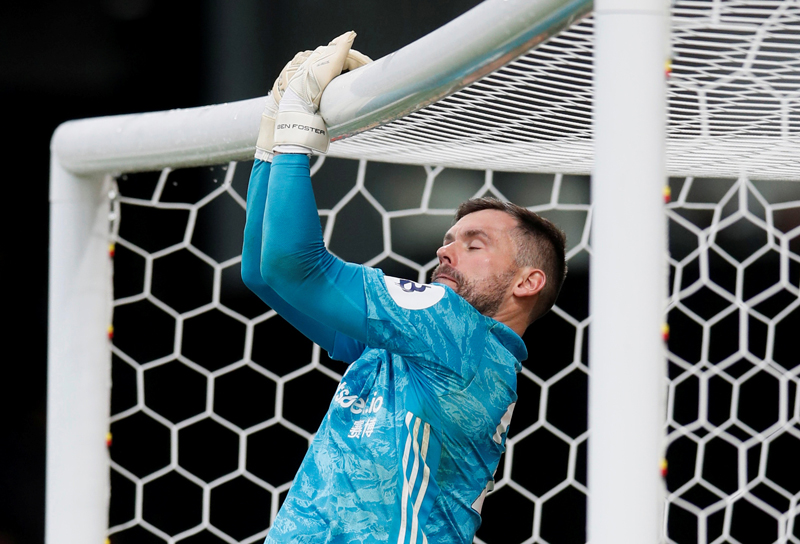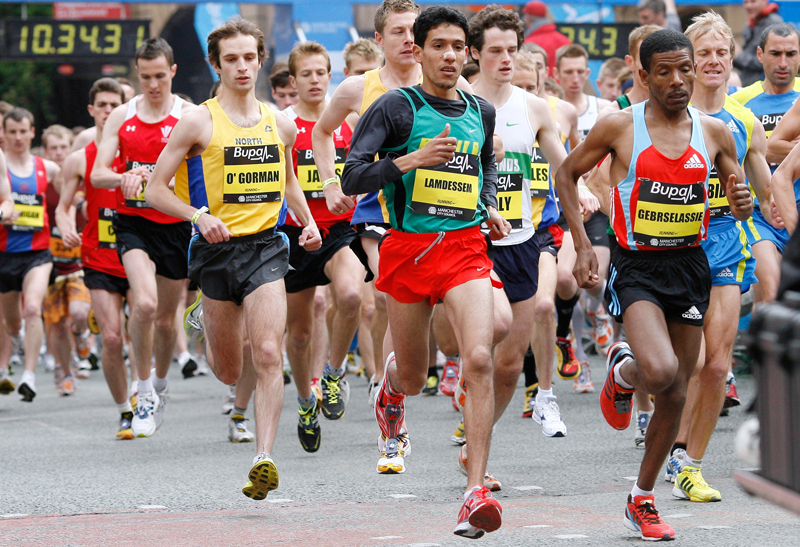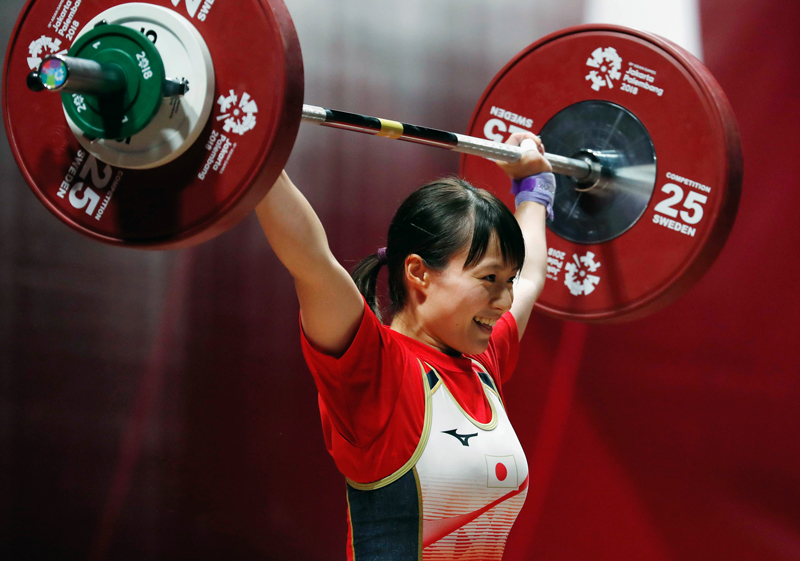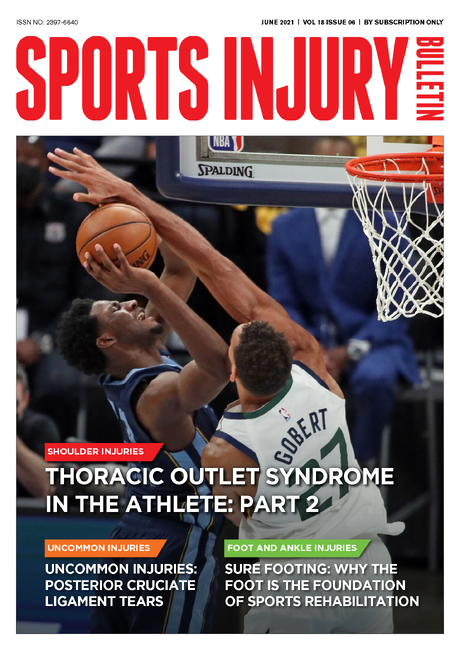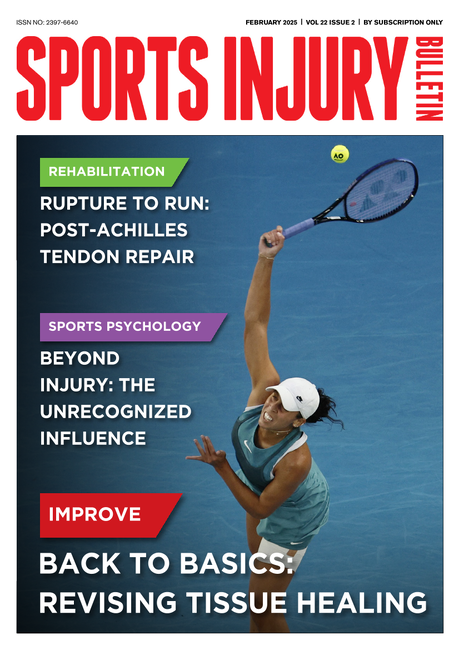You are viewing 1 of your 1 free articles. For unlimited access take a risk-free trial
Flexibility, stretching and injury risk
Women are more flexible than men - and get hurt less often
Improving your flexibility is often recommended as a way to increase your speed of movement. It's a reasonable idea, since too-tight muscles, tendons and ligaments can restrict motion at a joint and thus decrease stride length, in addition to creating a need to burn excess energy to overcome this motion-resisting stiffness.As it turned out, in male athletes the risk of injury decreased as flexibility increased. In fact, for each additional point on the ligament-flexibility scale (the researchers graded flexibility on a 10-point scale), the chances of injury declined by about 15 per cent. In addition, for each one-point increase in muscle tightness, the risk of injury climbed by over 20 per cent.
In female athletes, the situation was quite different. There was no relationship between flexibility and injury risk. However, the females were more flexible than the men and had considerably fewer injuries. The most flexible women had an injury rate which was 60 per cent lower than that of the men.
What does this study mean to you? If you're a female athlete, you're probably fairly flexible already, and there's no evidence to support the idea that increased flexibility will keep you out of the injury clinic. If you're a male, on the other hand, there seems to be strong evidence that being more flexible will help you avoid injuries. So, in spite of the fact that this is a special issue for female athletes, here's some advice for any men who happen to be kibitzing.
In addition to improving flexibility, stretching may provide another key benefit, and this applies to women as well as men: it may actually boost the rate at which muscles recover after workouts and races. Research has shown that stretching stimulates the transport of amino acids (the building blocks of protein) into muscle cells, accelerates protein synthesis inside cells and inhibits protein degradation ('Stretch and skeletal myotube growth: what is the physical to biochemical linkage?', Frontiers in Exercise Biology, Human Kinetics Publishers, pp 71-84, 1983). Other studies have shown that stretching increases muscle growth and inhibits atrophy. Overall, stretching after exercise appears to be a key element in the muscle-restoration process.
Of course, there has been considerable debate about which type of stretching is best for improving flexibility, but recent evidence suggests that PNF, or 'contract-relax' stretching, may be the most effective technique (Research Quarterly for Exercise and Sport, vol 63(3), pp 311-314, 1992). Fortunately, PNF is easy to do. For example, if you want to use PNF on your calf muscles, simply stretch your calves passively for a while, contract your ankle flexors (the 'shin' muscles in the front part of your lower leg) and then elongate your calf muscles again. Or you can stretch your calves, CONTRACT your calf muscles vigorously (doing so initiates a reflex which helps the calves loosen), relax your calves and tighten your shins, and then stretch our your calf muscles again. Regular stretching can improve your flexibility by 10-15 per cent in just four to six weeks.
Newsletter Sign Up
Testimonials
Dr. Alexandra Fandetti-Robin, Back & Body Chiropractic
Elspeth Cowell MSCh DpodM SRCh HCPC reg
William Hunter, Nuffield Health
Newsletter Sign Up
Coaches Testimonials
Dr. Alexandra Fandetti-Robin, Back & Body Chiropractic
Elspeth Cowell MSCh DpodM SRCh HCPC reg
William Hunter, Nuffield Health
Keep up with latest sports science research and apply it to maximize performance
Today you have the chance to join a group of athletes, and sports coaches/trainers who all have something special in common...
They use the latest research to improve performance for themselves and their clients - both athletes and sports teams - with help from global specialists in the fields of sports science, sports medicine and sports psychology.
They do this by reading Sports Performance Bulletin, an easy-to-digest but serious-minded journal dedicated to high performance sports. SPB offers a wealth of information and insight into the latest research, in an easily-accessible and understood format, along with a wealth of practical recommendations.
*includes 3 coaching manuals
Get Inspired
All the latest techniques and approaches
Sports Performance Bulletin helps dedicated endurance athletes improve their performance. Sense-checking the latest sports science research, and sourcing evidence and case studies to support findings, Sports Performance Bulletin turns proven insights into easily digestible practical advice. Supporting athletes, coaches and professionals who wish to ensure their guidance and programmes are kept right up to date and based on credible science.


